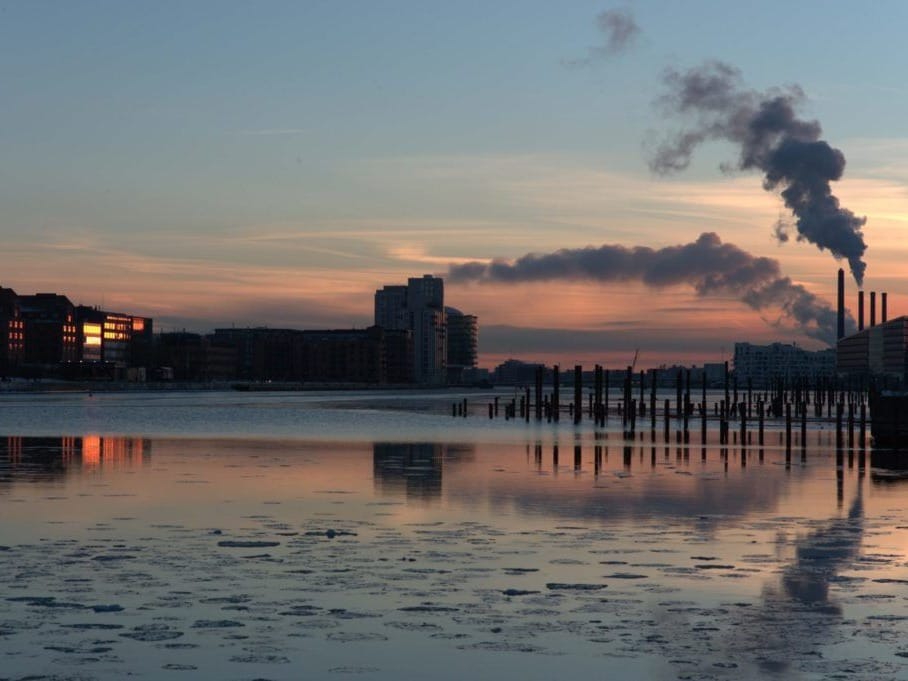WASHINGTON (AN) — An obscure but important agreement to limit black carbon emissions, a particularly strong climate pollutant that accelerates melting of glaciers and sea ice, entered into force across two continents.
The agreement, an amended version of the Gothenburg Protocol, regulates black carbon, or soot, which has a far higher global warming potential — a measure of the amount of heat that greenhouse gases trap in the atmosphere — than carbon dioxide.









